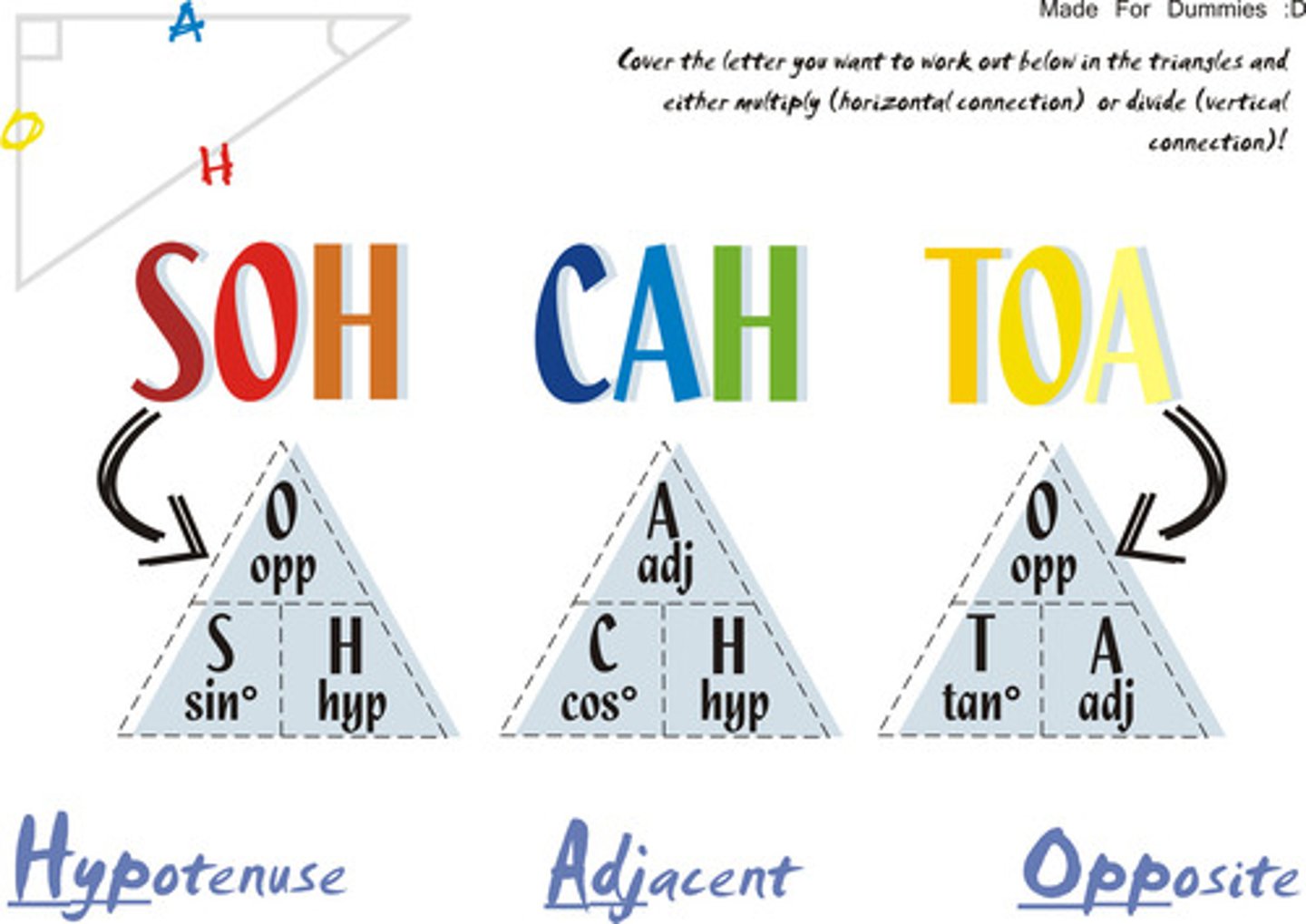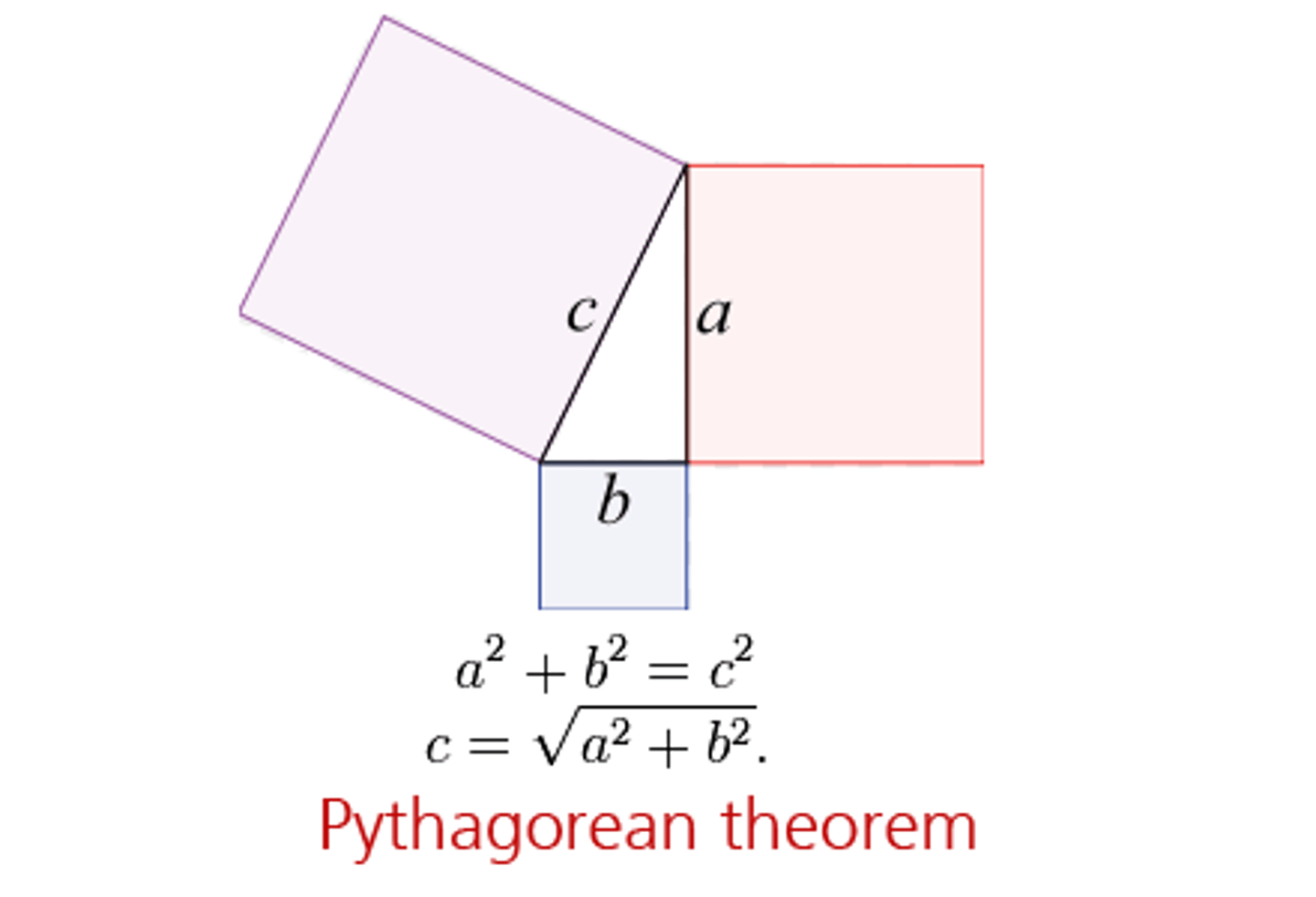Short ACT Math Book Notes + Math Test Corrections Tips
1/22
There's no tags or description
Looks like no tags are added yet.
Name | Mastery | Learn | Test | Matching | Spaced |
|---|
No study sessions yet.
23 Terms
Sum of n terms of arithmetic progression
[n(n+1)]/2
![<p>[n(n+1)]/2</p>](https://knowt-user-attachments.s3.amazonaws.com/80a66694-5c64-4a18-81e9-54d5ab8af1c6.png)
How to find unknown length of larger triangle with given ratio?
Set equation to known length and multiply ratio by unknown side/hypotenuse
SOHCAHTOA
SIN (Opposite/Hypotenuse) COS (Adjacent/Hypotenuse) TAN (Opposite/Adjacent)

How can any linear relationship be represented?
y=mx+b
How to find probability of independent events?
multiply the probability of all events together; represents probability of all events occurring
mean =
sum/num of items
sum =
mean(num of items)
Difference between measurements in a protractor
angle
Finding price with tax
price(1 + x)
Removing tax from price
price/(1 + x)
Finding grade weight
(sum of weights x grades)/(sum of weights); (w1 x g1 + w2 x g2…) / (w1 + w2…)
Finding final grade
Required = (Goal − Current Grade × (1 − Final Weight)) / Final Weight
distance formula
square root of (x2-x1)^2 + (y2-y1)^2
When not to use the distance formula
Right triangle with known sides, can relate shape to right triangle, shape has vertical or horizontal lines
Pythagorean theorem
a²+b²=c²

How to find length of hypotenuse when length of both legs are known
c= √a^2 + b^2
To predict next point on coordinate plane with slope
add coordinates by slope/rate of change
area of square
s²
perimeter of square
4s
perimeter of rectangle
2l+2w
area of triangle
1/2bh
area of circle
πr²
circumference of circle
2πr